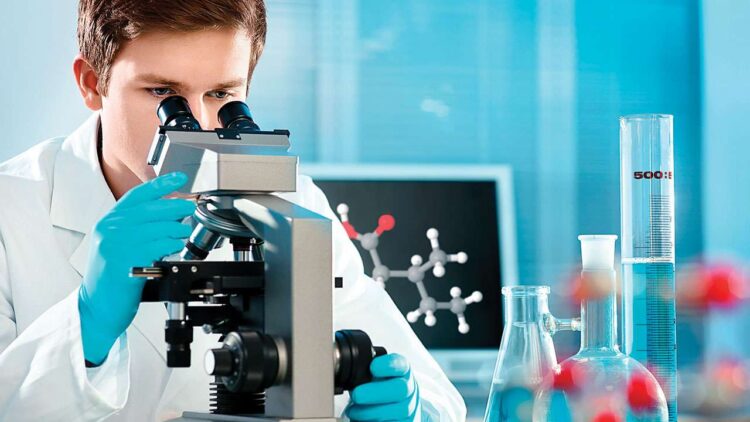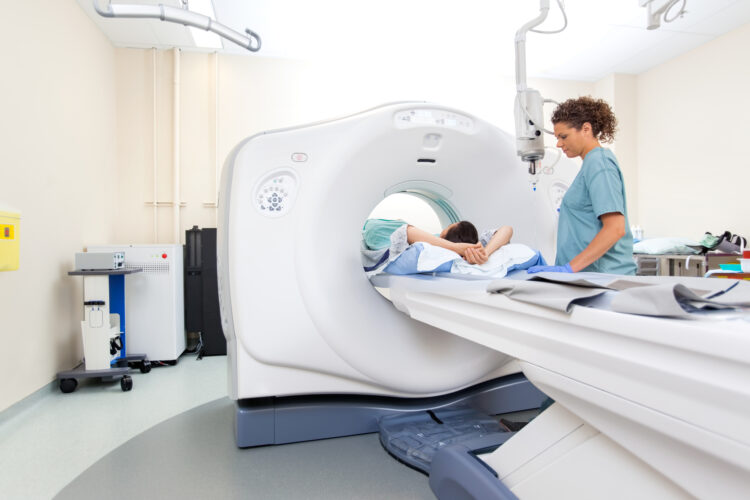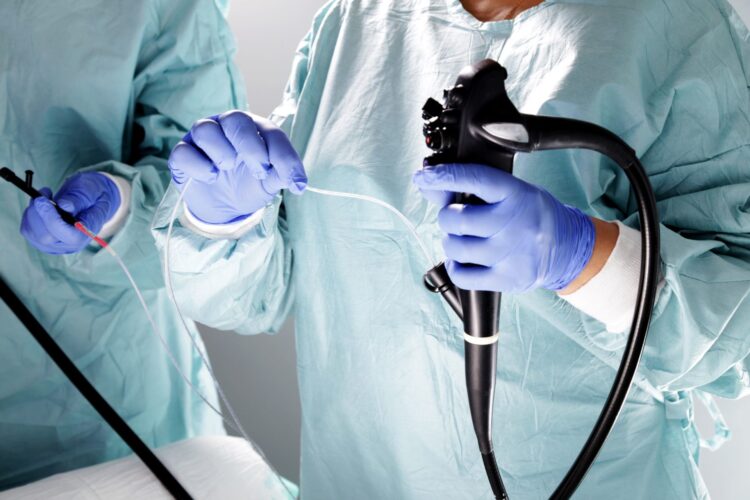Generally speaking, cancer can be considered one of the leading causes of death around the world. By definition, it refers to a disease that’s characterized by the development of abnormal cells with the ability to multiply and damage normal body tissue. Whether it’s breast cancer, lung cancer, kidney cancer, colorectal cancer, lymphoma, and many more, this type of disease is often painful and fatal.
That being said, the early detection and diagnosis of cancer are both crucial for its successful treatment, which often includes the use of radiotherapy. The earlier cancer is detected, the easier it’ll be to contain and limit the growth of abnormal cells, which may become life-threatening. Fortunately, with the advent of technological advancements these days, there are plenty of ways that can be used to detect cancer in its earliest stages.
If you want to know whether you’ve got cancer or not, you can discuss with your doctor about getting one or a combination of the following diagnostic tests:
1. Laboratory Tests
While these may not be a new way of diagnosing a disease, laboratory tests remain to be a reliable method to find out whether you have cancer or not. Depending on the type of cancer you’re suspected to have, the laboratory tests that’ll be recommended for you may vary. Aside from detecting cancer, lab tests may also help identify the stage of cancer, and help doctors determine patient’s response to their treatment.

The most common specimens used in laboratory tests for cancer are blood and urine. Here are some laboratory tests that may be requested from patients for cancer detection:
- Complete blood count (CBC)
- Blood tests such as Circulating Tumor Cells (CTC) tests
- Urinalysis
- Tumor markers
2. Imaging Tests
Imaging tests help provide a clear picture of the body parts affected by cancer, or what they look like from the inside. Typically, imaging tests for cancers can be done to do the following:
- Recognize cancer at its earliest stage before it multiplies
- Find out the exact location of a tumor
- Look for a lump if you have symptoms
- Determine if the tumor is cancerous or not
- Monitor changes in the size of the tumor
- Determine what stage your cancer is
As you can see, there are many ways imaging tests can help in the detection and treatment of cancer. In fact, with the availability of more advanced technology today, you can take advantage of imaging tests that provide a full-body screening to detect cancer and treat it early. For more information about this, you may check ezra.com.

There are also many types of imaging tests that can be used to detect and diagnose cancer:
- X-rays: It utilizes radiation to generate pictures of the organs inside the body. During the procedure, the technician will position you and point the x-ray beam to the part of the body that needs to be visualized.
- Computed Tomography (CT) scan: It also uses radiation but produces more details and images with better quality. It’s also capable of taking a 360-degree visualization but often requires contrast dye injections for better visibility.
- Magnetic Resonance Imaging (MRI): Uses radio waves and powerful magnetic fields to capture high-resolution images of soft tissues and bones in 2D or 3D. However, it’s not recommended for patients with metal implants that are not MRI-friendly.
- Ultrasound: Also called sonography, it utilizes high-frequency sound waves that can capture live images of internal organs by running the transducer or probe on the surface of the body.
- Positron Emission Tomography (PET) scan: Uses radioactive contrast dyes or radiotracers to produce colored 3D images of how a part of your body works. It’s particularly useful in providing clues as to how a disease may be behaving inside your body, which is why it’s also commonly used in cancer patients, and those with heart and brain conditions. PET scans are also capable of detecting early-stage diseases that wouldn’t be seen yet in other imaging tests.
3. Biopsy
The biopsy is the most accurate test when it comes to detecting cancer, which is why it’s also the standard as it’s very reliable in differentiating abnormal cells from normal ones. This method requires the removal of a small amount of tissue which will be examined under a microscope.
The tissue sample required for a biopsy procedure can be obtained through the following:
- Using a needle: From the word itself, a needle is used to extract tissues or fluids. This method is usually performed for suspected abnormalities on the bone marrow, breast, prostate, liver, and spine.
- Endoscopy: Requires the use of endoscopic tubes with a small camera and some surgical tools to visualize and access areas inside the body that are accessible through the mouth, the anal opening, or a small incision. The camera serves as the guide to locate the tissues where the sample will be taken from using the surgical tools. The most common endoscopy exams include bronchoscopy and colonoscopy.

- Surgery: For parts that are harder to reach using needles and endoscopes, a surgical biopsy may be recommended. The surgeon takes out a sample of abnormal cells, either through incision or excision. In an incisional surgery, a part of the suspected tissues will be removed. In an excisional surgery, the entire affected area, usually a whole tumor, will be removed. Both procedures require patients to be anesthetized or sedated.
- Skin: Performed under local anesthesia, skin biopsies use either a blade or a scalpel to get a sample from skin lesions or rashes with suspected abnormalities.
Wrapping Up
When cancer is detected early, your chances of successful treatment are at the highest. If you suspect you may have cancer, especially if it’s in your family history, getting screened regularly will help save you from late-stage cancers that are more difficult to treat and are often fatal.
Patients today are indeed luckier as there are now more advanced methods and better treatment options than there were decades ago. With all the powerful scanning machines we have now, cancer may not even have a chance to spread anymore.
 Hi Boox Popular Magazine 2024
Hi Boox Popular Magazine 2024



